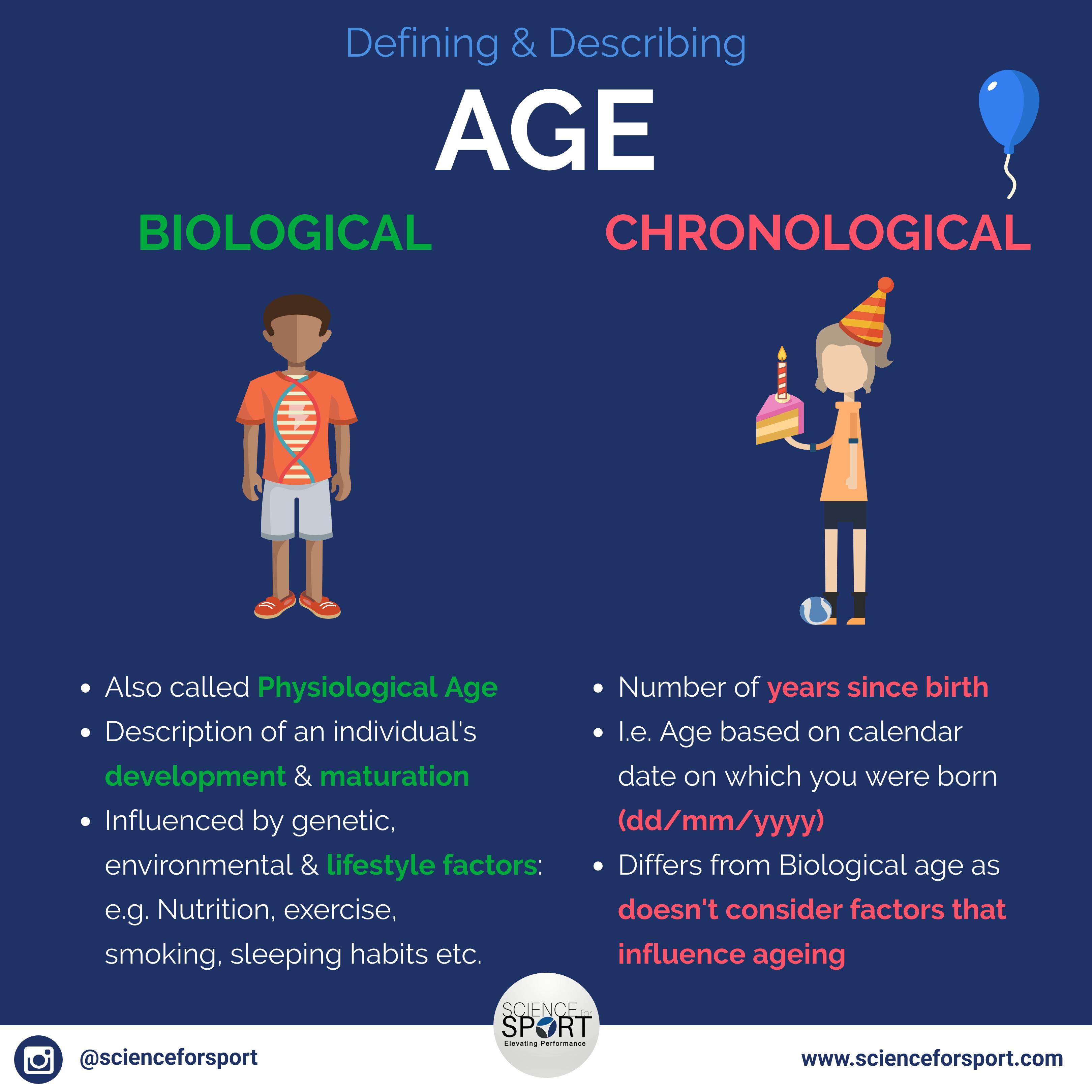

In the spirit of the Roscoe, LeClaire and Schiffman (1977) recommendations, this paper is concerned with the need for both refined and new measures of age, especially non-chronological measures of age.
Chronological age trial#
In particular, they proposed that the age variable, the variable of concern in this paper, should be broadened so that it reflects such age-related factors as: the age of the household, age at birth of first child, age of siblings, birth order, age at first awareness of a product (or brand), age at first trial of a product and perceived age (i.e., youthfulness). Within a consumer behavior context, Roscoe, LeClaire and Schiffman (1977) have been sensitive to this problem when they suggested the need to refine existing demographics and develop new ones. Moreover, there has been a general lack of attention given to the development of new forms of demographic and "demographic-like" variables. While demographic variables have been a mainstay of marketing and consumer behavior research, this group of variables is typically selected and operationally defined quite automatically and usually without much imagination. This paper discusses a newly developed self-perceived age measure entitled "cognitive age", and presents some results concerning its reliability and its response patterns. The determination and measurement of self perceived age as an alternative to chronological age has received almost no attention in consumer behavior and marketing research. Monroe, Ann Abor, MI : Association for Consumer Research, Pages: 602-606.Īdvances in Consumer Research VolPages 602-606ĬOGNITIVE AGE: A NONCHRONOLOGICAL AGE VARIABLEīenny Barak, Rutgers-The State University of New Jersey Schiffman (1981) ,"Cognitive Age: a Nonchronological Age Variable", in NA - Advances in Consumer Research Volume 08, eds.

This paper discusses a newly developed self-perceived age measure entitled "cognitive age", and presents some results concerning its reliability and its response patterns.īenny Barak and Leon G.

ABSTRACT - The determination and measurement of self perceived age as an alternative to chronological age has received almost no attention in consumer behavior and marketing research.


 0 kommentar(er)
0 kommentar(er)
